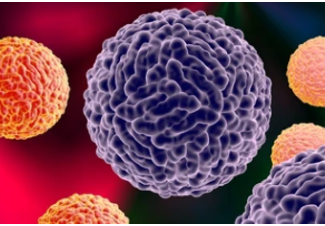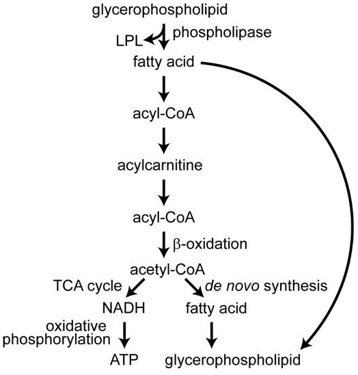Metabolomics in DENV Infection
Dengue viruses (DENVs) are one of the arboviruses that initially emerged in Africa before spreading to other continents. This mosquito-borne disease can infect millions of people per year. Give similar clinical symptoms and numerous complications caused by the disease, different metabolomics studies have been applied to investigate the mechanism of this disease as well as to find diagnostic and prognostic biomarkers. So far, metabolomics studies have made significant contributions to DENV infection. Here, let's get insight into metabolomics in DENV infection.
Dengue viruses (DENVs)

Dengue viruses (DENVs) are an enveloped, single-stranded positive-sense RNA virus belonging to the genus Flavivirus in the family Flaviviridae. Denvs are transmitted to humans primarily by the Aedes genus mosquito. As one of the most clinically important arboviruses, the virus can lead to a serious health problem called dengue fever, with a range of symptoms ranging from mild to severe. DENVs can encode ten proteins, including three structural proteins (C, prm and E) and seven non-structural proteins (NS1, NS2A, NS2B, NS3, NS4A, NS4B and NS5). Each viral protein has a specific function and facilitates the production of new virus particles, and further affects cellular events.
Metabolomics in DENV Infection
DENV infection alters host cell membrane composition
DENVs lead to changes in multiple host lipids, including glycerolipids, fatty acids, sphingolipids, and glycerophospholipids. Among them, phosphatidylethanolamine (PE), phosphatidylcholine (PC), phosphatidylserine (PS), and other glycerophospholipids are major components of cell membranes. Metabolomics studies on dengue patients showed the alterations in sphingolipid and glycerophospholipids. Compared to healthy control patients, the sphingomyelin (SM) of patients was increased, while levels of PC, lysophosphatidylcholines (LPC), and lysophosphatidylethanolamines (LPE) were decreased. Since the temporal variation of these metabolites is connected with the host response, they have the potential as prognostic biomarkers. For example, LPCs have shown prognostic potential in DENV infection. LPCs are associated with increased endothelial permeability, which is a hallmark of dengue hemorrhagic fever/dengue shock syndrome (DHF/DSS).
DENV infection alters the fatty acid level
Fatty acid metabolism involved in arachidonic acid (AA), docosahexaenoic acid (DHA), and α-linolenic acid (ALA) are linked to the symptoms induced by DENVs, suggesting the pathway may be a potential therapeutic target. A fatty acid is a carboxylic acid that has an aliphatic carbon chain (unsaturated or saturated), usually unbranched and ranging in length from 4 to 28 carbons. Fatty acids exist in two forms, either free fatty acids or esterified into larger molecules. Glycerophospholipid is a reservoir of unsaturated fatty acids, and the balance between free fatty acids and their incorporation in glycerophospholipids is controlled by the Lands' cycle.
 Fatty acid metabolism. (Byers, N. M., et al, 2019)
Fatty acid metabolism. (Byers, N. M., et al, 2019)
DENV infection changes glycerolipid utilization
Glycerolipids are composed of mono-, di-, and tri-substituted glycerols and are termed mono-, di- and triglycerides. It was reported that glycerolipid usage was influenced by infection with DENVs. Compared with healthy controls, dengue patients had increased levels of glycerols (four types of triacylglycerols). This may be because the glycerolipids can provide energy and acetyl-coenzyme A (acetyl-CoA) for viral replication and de novo fatty acid biosynthesis, respectively.
In addition, metabolomics studies have revealed that DENV infection can affect other pathways, such as β-oxidation, amino acid usage, glycolysis, the TCA cycle, and vitamin D metabolism. The metabolomics studies provide valuable information, highlighting the metabolites not only for diagnostic and prognostic assays but also for understanding host-virus interactions.
Creative Proteomics has been developing metabolomics detection methods and data analysis methods for many years. Based on professional scientists and advanced platforms, we can accelerate our customers' projects to the next level. For more information on how we can help you, please feel free to contact us.
Reference
- Byers, N. M., et al. (2019). "Metabolomic insights into human arboviral infections: Dengue, chikungunya, and zika viruses." Viruses, 11(3), 225.
Related services
* For research use only.


 Fatty acid metabolism. (Byers, N. M., et al, 2019)
Fatty acid metabolism. (Byers, N. M., et al, 2019)